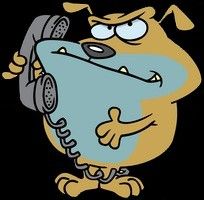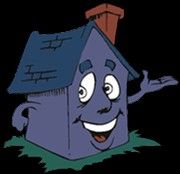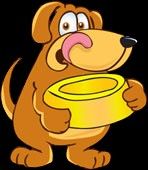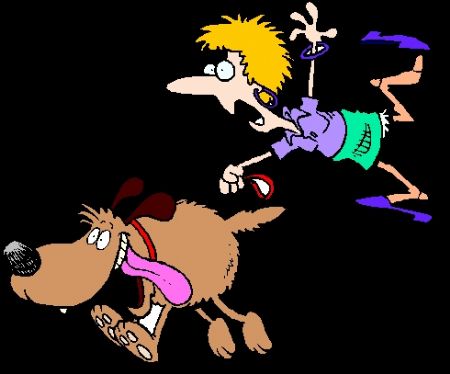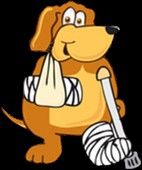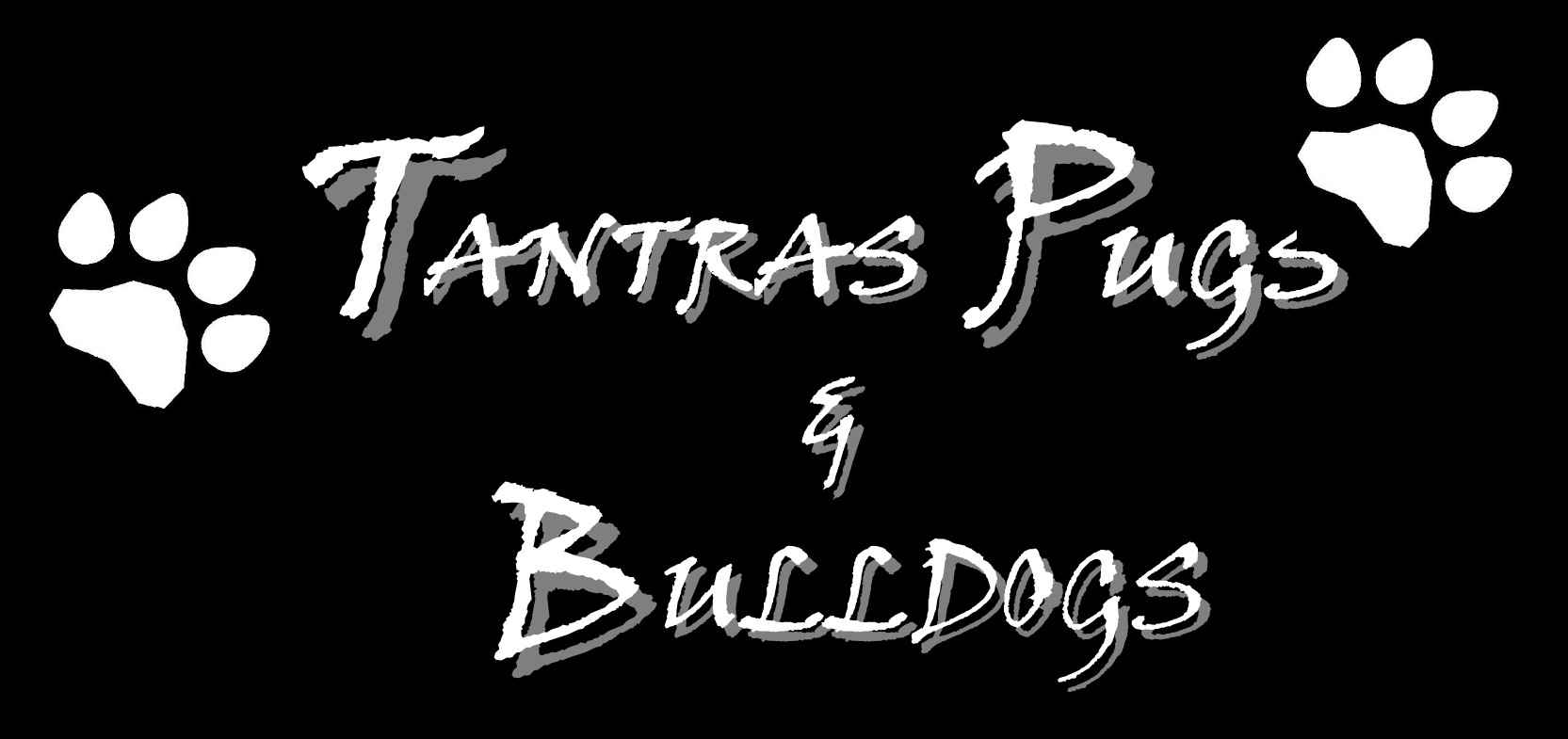
Quality Pugs & Bulldogs of Distinction
Vital Puppy Information
|
So you've decide that a Pug is the dog for you. Please read the guide below to help you make these next steps as easy and enjoyable as possible.
Finding a Breeder
Now that you have decided that a Pug is the dog for you, the most important first step you need to take is to locate a reputable breeder. It is safer to go to a reputable breeder to purchase your puppy as they eliminate from their breeding programs any dogs with genetic defects. Whilst even this is no guarantee as you are dealing with nature, it gives you a far greater chance of obtaining a puppy who will be free from any health problems. Avoid going to backyard breeders or even pet shops as these are driven towards the commercial market in which they care more about making money through quantity of puppies sold rather than caring about the quality of the puppies they sell. You may need to make a few phone calls or do some searching on the internet to find a breeder who has a puppy for sale. It may also be necessary to put your name onto a waiting list as the vast majority of quality breeders do have a waiting list for their puppies. A good breeder will always be open to any questions you may have and many will encourage you to come and visit so that you can see their Pugs for yourself. Male or Female
This is a decision that you will have to make on your own, or have many heated arguments with your partner over. As far as a Pugs character and personality go, there is very little difference between the two sexes. Liasing with the breeder
Once you find a breeder that you are happy and feel comfortable with, there are many things you will want to discuss with them. They will be more than happy to answer any questions or concerns you may have. If you do go to the breeder's house to view any puppies, you will get to see the adult Pugs outside. Take note of how they interact with you and what their general behaviour is. When you go to see the young puppies you may be asked to remove your shoes before entering the house and before you are allowed to touch them you may be asked to wash your hands. Please don't be offended by this, it does not mean you're a grub, it is just to prevent the young puppies coming into contact with any outside infections. Take some time to observe all the puppies playing or running around with each other. Usually there will be one particular puppy that will catch your eye. Make sure you point this one out to the breeder and ask them about it. They will be able to describe the puppy's character for you as they have dealt with them from birth. Once you have selected a puppy, don't be alarmed if the breeder marks it in some way to identify it from the other siblings. Generally it will be a dab of nail polish on the head or something similar. It is also around this point in time that you will be able to discuss the financial side of the transaction. Some people will want to purchase two puppies at the same time. This is something that we personally don't advise. We advise to purchase one and give it time to bond to you and settle in to their new surrounds. Then at a later date if you still wish to have another, then think about buying a companion for them. Preparing your home
There are many things to prepare for the arrival of your new puppy. One of the most important things to consider is that they will need a comfortable bed in which to sleep. This will need to be located in a warm, draft free location. You will also need to buy supplies for feeding, grooming, bathing and things like a lead and collar for taking them for a walk. You will need playthings for your puppy as they will be missing their brothers and sisters initially. There are a wide variety of toys to choose from like a soft rubber bone for when they are teething to an old discarded baby toy when they get a little bit older. It is also advisable to look around your home and locate any potential things that may be harmful to your puppy. Chemicals, detergents and things like electrical leads pose the most obvious risk, but take the time to look in unexpected places like the garden where there can be many plant varieties that are harmful to dogs in general, not just puppies. There have also been cases of dogs being poisoned by consuming the contents of ashtrays. If you have any children at home, take a look at their toys to see if any parts of them are small enough for your puppy to swallow. One of the biggest problems with Pugs it that their eyes are in a prominent position which makes them vulnerable to injury. It may be worthwhile taking the time to get down on your knees and look around at the height that the puppy will be. This will help locate any sharp edges, corners or other items that may need covering up or removing all together to prevent injuries. Remember that an ounce of prevention is worth more than a pound of cure. An important part of your preparations is finding a veterinarian that is local to yourself and that you also trust. You may even make an appointment for your puppy soon after he takes up residence with you so that you know they start out with a clean bill of health. Collecting your puppy
If possible, plan on picking your puppy up during the morning so that by bedtime that night, they have had the opportunity to become acquainted with not only you, but their surroundings as well. Whilst still at the breeder, make sure you obtain their vaccination certificate, a copy of their pedigree, micro-chip number and the registration transfer forms. They will also supply you with a sample of the food that your puppy has been having along with a diet and supplies guide, a grooming guide and most will also supply a puppy pack to get you started. Also ask the breeder if your puppy has started to be housetrained, and if they have make sure you find out which method was used. Once home, allow the puppy to explore their new environment under your watchful eye. Give your new Pug plenty of time to adjust. Patience, praise and encouragement will help them feel welcomed into their new home. If on the first night, your puppy seems a little frightened or lonely, that is only normal. If they start to cry, ignore it for a short while. If they continue, give them a little bit of attention and put them back to bed again. Perservere and encourage your puppy to stay in their bed for the night. Don't give in unless it is absolutely necessary. Above all else, be patient with your puppy as Pugs have a wonderful character which could be spoilt if proper rearing is not done at the puppy stage. Oh yes, one more thing, a Pug can turn a deaf ear when the mood dictates, but if you change your tone of voice or say something to encourage them, then you will have their undivided attention once again. Caring for your Pug Feeding
One of the most vital aspects of maintaining a healthy puppy is feeding them correctly. The breeder will give you a diet sheet and nutrition plan when you picked your puppy up from them. They should have given you a sample of the food that your puppy has been used to. It is wise to keep to this feeding programme so that you avoid any tummy upsets due to a sudden change in diet. Puppies need to be fed small portions at regular intervals. Until they are about 3 months of age they need 3-4 small meals a day. Soften these meals with water or milk. Once they are approximately 6 months of age, they can be fed twice a day and once they reach 12 months old, one single meal a day is suitable. Always ensure that there is a bowl of cool, fresh water available to your dog at all times to help them to regulate their body temperature and aid in digestion. Grooming There is really very little to do in the way of grooming a Pug. The coat should be brushed every second day using a stiff brush and then finished off with a nice rub down with a soft cloth to make the coat shine. Pugs do not need a lot of baths. Too frequent bathing will wash away the natural oils which they have in their skin for protection. Should you find that your little darling has had a mud bath, then give them a vigorous wipe down with a damp towel followed by drying them with a soft towel. When the coat is dry give them a good brush and watch their coat shine. Ear care is very important to their health. To keep the ears clean, use a cotton ball or soft washcloth dampened with warm water and wipe the inside of the earflap. NEVER stick anything into your puppy's ear canal. As Pugs have prominent eyes, they are subject to a higher risk of injury. Make sure that you keep all debris including hair out of their eyes. Give their eyes a wipe with a cotton ball or soft washcloth dampened with warm water. If their eyes are red, cloudy, watering excessively or swollen, see your vet immediately. If your puppy runs around on concrete or pavers, there is a good chance that you will seldom have to clip their toenails. It is important to keep the nails trimmed, as long nails will force the dog's toes into the air and spread their feet. It can also produce lameness. If you do have to trim them, use special clippers that are sold in pet stores and make sure that you do not cut into the quick. If you are unsure how to do this, ask your vet to show you when you take your puppy in to see them. Training and exercise Pugs do not require a lot of exercise. If you have a reasonable sized back yard that is fenced well, they will enjoy a good romp around. This does not mean however that your Pug will not benefit from a daily walk around the park. Do not however allow your Pug to exercise in hot or humid weather. Above all, be sure that your Pug has ample cool, fresh water available to them at all times. When it comes to training. Pug owners are very fortunate because Pugs strive to please their owners. The key to having a well trained Pug is to start training them as soon as they enter your house. Never allow your puppy to do something that you would not allow them to do as an adult. Housetraining your puppy will be one of the first tasks that you commence as soon as you bring the puppy home. Some common methods are to use newspaper or a mat placed down on the floor in a certain spot. If you routinely take your puppy to the same spot, you will reinforce the habit of going there to relieve themselves. Over time you will quickly come to notice the telltale signs of circling frantically and sniffing the floor just before your puppy is intending to go to "potty". Remember that any training takes time and through patience and persistence you will eventually produce results. A local obedience club will put you on the right track and introduce you to another aspect to owning a Pug and it becoming a companion, not just a pet. Health Care
Periodic checkups by your veterinarian throughout your puppy's lifetime is important to maintain good health. Your puppy's breeder will have given you their vaccination record which you will need when you next visit the vet. Annual boosters provide your Pug with protection against various diseases. You will also have to provide worming treatment for parasites such as heartworm, roundworm, hookworm, whipworms and tapeworms. Fleas are also another pest that needs to be treated. Some products available though are not suitable for use on young puppies. Treating worms and fleas should only be done under your vet's guidance as it is frequently required to combine products to achieve the best results, and with such a vast array of products available, this can become an overwhelming task. Dental health
Anyone who has ever raised a puppy is no doubt aware of the destructive power of the new set of teeth that now resides in your household. Your puppy will chew anything it can reach. By the time you take your puppy home, they will have begun their teething cycle with the loss of milk teeth being replaced by their adult teeth from around 16 weeks of age. This can be an uncomfortable phase for your puppy and you must ensure that you provide suitable chews that won't damage their mouth, gums or teeth.
Summary
Hopefully if you have gotten this far you may have a better idea of what to expect and what is expected of you when having decided to purchase a Pug puppy. Keep in mind that most puppies are eager to please, so patience, praise, encouragement, tolerance, understanding and rewards (particularly of the food variety) will produce far better results in your puppies behaviour than any scolding or physical punishment will. Today's Pug breeders have made great efforts to keep the Pug a very special package that will be your loyal friend and companion for a lifetime. So now that you have your new little Pug puppy, it is time to just sit back and relax, and watch them tear your house apart !!
Remember, a Pug is a best friend for life.
|


